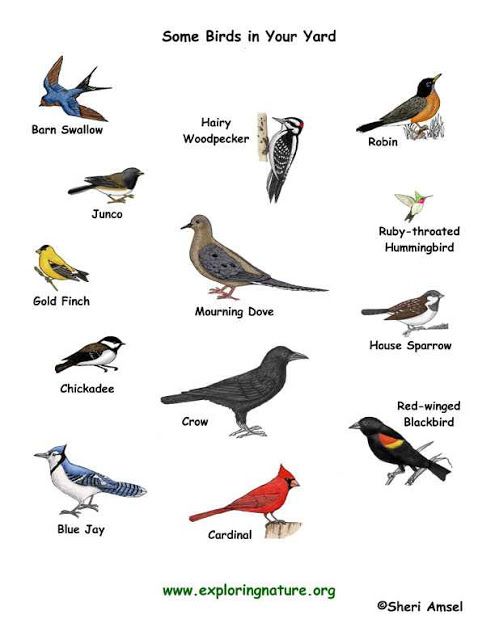Bird characteristics
Birds are hot-blooded (i.e. endothermic) terápod vertebrates that have very different characteristics and differentiate them from the rest of the animals. His ancestors were a group of theropod dinosaurs that inhabited the Earth during the Jurassic period between 150 and 200 million years ago. These are the most diverse vertebrates, with about 10,000 species today. They inhabit all the environments of the planet, located in the cold areas of the poles, deserts and aquatic environments. There are species as small as some hummingbirds, even large species, such as ostrich.
- As there is such a wide variety of birds.
- In this article of Animal Expert we will show you what these animals have in common.
- That is.
- All the characteristics of the birds and their most surprising details.
Although not all bird species can fly, most can fly thanks to the aerodynamic shape of their bodies and wings. This capability allowed them to colonize all kinds of habitats that other animals could not reach. Bird feathers have a complex structure and have evolved from their simple beginnings in pre-avian dinosaurs to their modern form for millions of years. That’s why today we can find big differences in the 10,000 species that exist in the world.
Each type of feather varies depending on the region of the body where it is located and its shape, and this also varies in each species, as the feathers fulfill not only the function of flying, but also the following:
Among the characteristics of the birds stand out the following elements:
Thanks to the shape of their wings, birds can do everything from spectacular slides to extremely long routes, in the case of migratory birds. The wings have developed differently in each group of birds, for example:
On the other hand, in flying species, the wings are highly developed and, depending on their lifestyle, can have different forms:
However, there are also non-flying birds, as we explained in this other article about non-flying birds – Features and 10 examples.
Birds can make long flights during migrations, which are regular and synchronized, and occur due to seasonal changes in which birds move from the winter regions of the south to the north, for example, to seek a greater availability of food to feed their young during the breeding season. .
During this season, migration also allows them to find better territories to nest and raise their young. In addition, this process helps them maintain homeostasis (internal balance of the body), as these movements avoid extreme climates. However, non-migrating birds are called residents and have other adaptations to deal with adverse seasons.
Birds are oriented in various ways during migrations and many studies have shown that they use the sun to orient themselves. Navigation also includes magnetic field detection, the use of smell and visual signals.
If you would like to learn more about this topic, do not miss this other Animal Expert article on migratory birds.
Birds have a peculiarity in their bones, and it is the presence of hollows (in flying species) full of air, but with great resistance, which, in turn, gives them lightness. On the other hand, these bones have different degrees of fusion in different areas of the body, such as skull bones, which do not have sutures. The spine also has variations, having a greater number of vertebrae in the neck, which generates great flexibility. The last posterior vertebrae also fuse with the pelvis and form the breast. On the other hand, the birds have flattened ribs and a keel-shaped sternum, which is used to insert flying muscles. They have four-fingered legs that, depending on their arrangement, have different names:
Other characteristics of birds include
If you would like to read articles similar to, we recommend that you visit our Curiosities section of the animal world.

